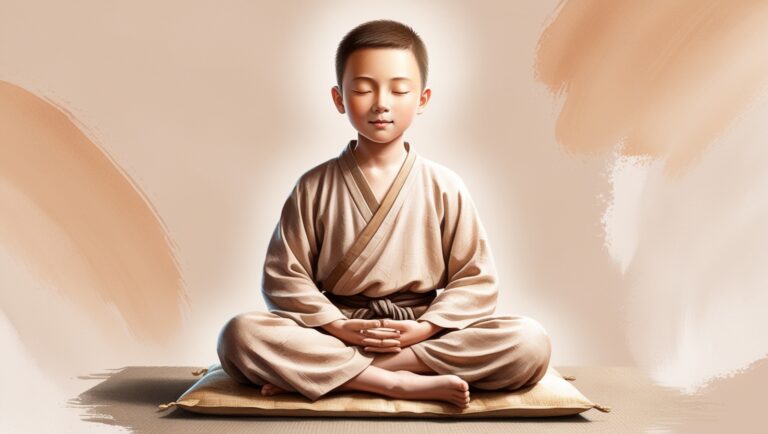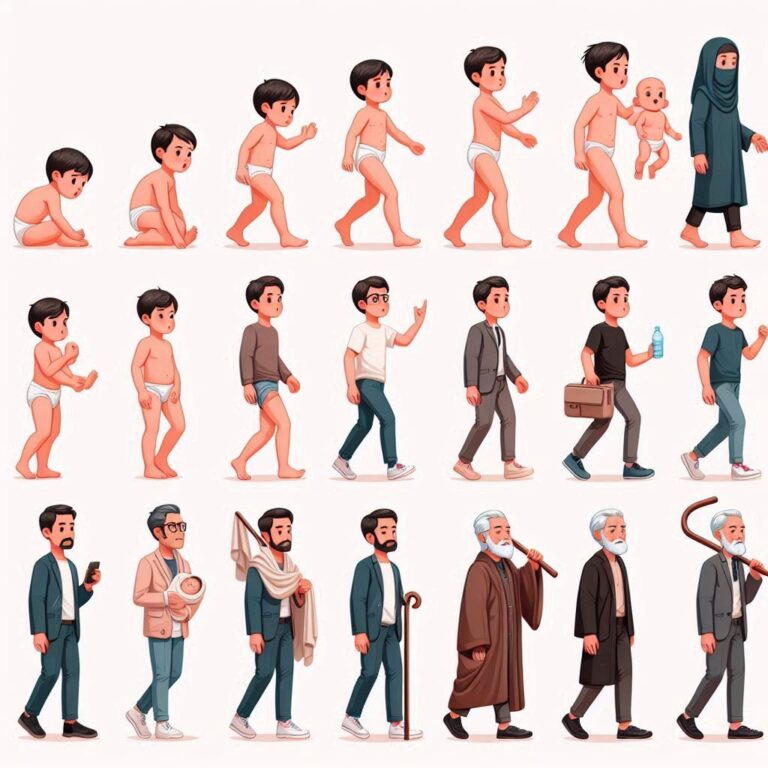
Lifestyles vary from person to person, acting as a mirror to our decisions, attitudes, habits, interests, values, mindsets, culture, and even religion. It’s essentially the way we choose to navigate life. Often, a person’s lifestyle reveals their likes and dislikes. Consistent patterns of behavior, shaped by continuous attitudes, make a person’s actions somewhat predictable. Lifestyles are routine practices that evolve into habits, embraced not just for practical reasons but also to create a sense of self-identity and personal narrative.
Understanding Lifestyle Structures and Practices:
Examining lifestyles begins with exploring behavioral patterns, offering a window into how people structure their daily routines. These patterns encompass a wide range of activities, including social interactions that are significantly influenced by lifestyle choices. The dynamics of friendships, family relationships, and community connections all inform these choices. Values, interests, and beliefs influence an individual’s decision-making process. Culture plays a vital role in shaping how values and lifestyles, in general, become the foundation for expressing cultural identity. Some cultures prioritize family relationships and events, while others favor individualism, prioritizing personal autonomy and career pursuits.
Religious or philosophical beliefs also influence lifestyle. Lifestyle is intertwined with consumption habits, encompassing both dietary choices and material possessions. These habits are shaped by various factors, including cultural traditions, socioeconomic status, and personal preferences. When it comes to diet and nutrition, lifestyle choices significantly impact health outcomes. Correspondingly, a lifestyle has the dual function of distinguishing and uniting groups and individuals within a given society, as well as creating symbolic cultural practices.
According to Pierre Bourdieu, lifestyles negotiate between the objective structures and features of a society and the subjective practices possible within it. They incorporate social structures by transforming them into symbolic capital – habits that are publicly visible and thus influence a society’s cultural self-consciousness. In this sense, lifestyles are not only expressions of existing societal patterns but can also be powerful enough to influence ideas about what constitutes a good life in a society. This can, therefore, affect political choices, religious beliefs, and social customs.
Unveiling the Architects of Our Lives: Factors Shaping Lifestyles

A. Socioeconomic Status (SES):
Socioeconomic status (SES) is a pivotal determinant influencing lifestyle choices. SES encompasses an individual’s economic position or status within society, considering factors like income, education, and occupation. These factors collectively shape the resources and opportunities available, impacting how people lead their lives.
- Education and Career Choices: People with higher educational attainment often have access to better job opportunities, leading to higher income levels. This, in turn, influences lifestyle choices, including housing decisions, recreational activities, and access to healthcare. For example, someone with higher educational qualifications might choose to live in a well-established neighborhood with superior amenities. Career choices may allow for leisure activities like international travel.
- Health: Lower socioeconomic status is often associated with poorer health. Lifestyle factors, such as diet and access to healthcare, contribute to these disparities. Individuals with higher socioeconomic status may have the means to afford healthier food options and better healthcare, leading to better overall health. This connection between socioeconomic status and health outcomes highlights the intricate relationship between lifestyle and broader societal structures.
B. Cultural Background:
Cultural background plays a significant role in shaping lifestyle, influencing traditions, values, and social norms. The diverse range of global cultures contributes to a rich variety of lifestyles, each unique in its expression.
- Cultural Practices: Cultural practices, ranging from religious beliefs to social customs, impact lifestyle choices. For instance, the celebration of cultural festivals may dictate the timing and nature of social gatherings, influencing leisure and recreational activities. Similarly, dietary preferences, influenced by cultural norms, contribute to the diversity of global cuisines.
- Cultural Identity: Cultural background contributes to the formation of individual and collective identities. Individuals often incorporate elements of their cultural heritage into their lifestyles, influencing clothing choices, language use, and even leisure activities. Integrating traditional norms into their everyday lives reflects a connection to their cultural roots.
C. Geographical Location:
Geographical location, encompassing factors such as climate, urbanization, and access to resources, plays a vital role in shaping lifestyle choices. Whether someone resides in a bustling urban center or a rural community significantly influences their daily routines and access to various amenities.
- Urban vs. Rural Lifestyles: Urban and rural lifestyles exhibit distinct characteristics. Urban dwellers often experience fast-paced, technology-driven lives, with access to diverse recreational activities and cultural events. On the other hand, individuals in rural areas may lead lifestyles closely tied to agriculture and nature, with different patterns of social interaction. The geographical setting thus acts as a backdrop, influencing not only occupation and housing choices but also the availability of community resources.
- Climate Impact: Climate profoundly affects lifestyle choices, influencing activities such as clothing preferences, outdoor recreation, and even the types of food consumed. In regions with harsh winters, lifestyle choices may revolve around indoor activities and winter sports
Tech Revolution: How Technology is Reshaping the Way We Live

The digital age has fundamentally transformed how we navigate the world. From the rise of remote work to the constant hum of social media, technology’s influence permeates every aspect of our lifestyles. Social media platforms, in particular, have become a powerful force in shaping social interactions, fostering communities, and even influencing consumer habits.
Technology’s impact on lifestyles is a double-edged sword. On the positive side, it’s made information more accessible than ever before, empowering individuals to learn, connect, and manage their lives with greater ease. Online resources can support health and wellness goals, while communication tools bridge geographical distances and foster global connections.
However, the convenience of technology can also lead to a more sedentary lifestyle. Extended screen time can strain our eyes, disrupt sleep patterns, and contribute to poor posture. Finding a healthy balance between embracing technology’s benefits and maintaining physical activity is crucial for overall well-being.
Building Habits that Stick: Your Guide to Long-Term Lifestyle Change

Transforming your lifestyle isn’t about drastic overnight shifts; it’s about implementing sustainable habits that become ingrained in your daily routine. Here are some key strategies to ensure your lifestyle changes have lasting power:
- Craft a Clear Plan: Define your goals and create a roadmap for achieving them. Break down large goals into smaller, manageable steps to maintain motivation.
- Start Small: Don’t overwhelm yourself. Begin with one or two small changes that are easy to integrate into your routine. As these become habits, you can gradually add more.
- Focus on One Habit at a Time: Multitasking new habits can be counterproductive. Dedicate your focus to mastering one change before introducing another.
- Find an Accountability Partner: Having someone to support and encourage you can significantly boost your commitment. Share your goals and track your progress together.
- Embrace Support Systems: Don’t hesitate to seek help from friends, family, or even a health professional. A supportive network can provide valuable guidance and motivation.







God bless your family
God bless your family
All your points stated are factors that helps our life’s to grow…